A friend among friends: Don Vincenzo at San Pietro
5. A fragile beauty
The ciborium is an architectural structure above the altar, usually consisting of vertical elements, such as, for example, four columns, supporting a flat or vaulted roof. The ciborium at the basilica of San Pietro al Monte dates back to the second half of the 11th century. It is an exceptional example of architectural design and of the union of plastic decoration, in stucco, and painting, both on the pediments and on the walls of the dome and in the spaces between the arches of the structure. Over the centuries, the ciborium has undergone numerous restorations. The first consolidation work we know of dates back to the mid-18th century. Moreover, major restorations to the stucco covering the granite core of the columns were carried out in the second half of the 19th century.
After the summer of 1975, when the Associazione Amici di San Pietro al Monte was founded, the first interventions for the conservation of the ciborium were carried out in 1976. At that time the external surfaces and stuccoes were restored, with the exception of the capitals and columns. In addition, previous restoration work and damage caused by rainwater infiltration were identified. Another major intervention took place at the end of the 1970s, when the frescoes on the dome, covered with a layer of blue lime, were brought to light.
Don Vincenzo’s joy at seeing the frescoes and stuccoes of the ciborium shine again was soon dampened when he realised that the structure was moving. In 1993 major work to consolidate the ciborium began, as the supporting surface of the structure had become unstable. In order to be able to carry out excavations in this area, the ciborium was supported by a metal structure, the arms of which protruded through the walls of the basilica.
These works prevented the slightest oscillation: in particular, the columns were restrained by clamps placed at the top and bottom of their shafts. These works also made it possible to uncover and study the early medieval crypt, part of which was located under the ciborium. A reinforced concrete base, partially visible from the older crypt, was then built to give stability to the structure.
However, the ciborium continued to cause Don Vincenzo concern, because after a few years it began to move again and the stuccoes of the capitals began to crumble. Since 2003, the ciborium has been subjected to diagnostic investigations with special equipment. The interventions succeeded in avoiding colour detachments, allowed the original colouring to be enhanced, and, above all, were able to reinforce the capitals.
The capitals were in fact weakened by the deterioration of the Romanesque and 16th-century metal elements placed inside the capitals, caused by humidity and infiltration over the centuries.
This intervention, which was already necessary five hundred years ago, involved the dismantling of the evangelical symbols and the replacement of the coverings of the capitals in order to tighten their disintegrated core within metal hoops, now replaced by more advanced methods.
